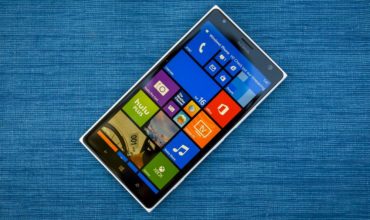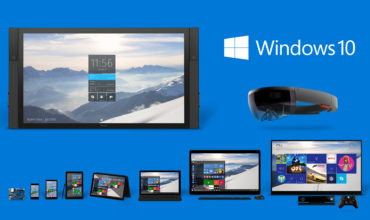Microsoft says that Windows 10 will be its final release of the iconic operating system that’s installed on over 90% of computers.
“Right now we’re releasing Windows 10, and because Windows 10 is the last version of Windows, we’re all still working on Windows 10,” said Jerry Nixon, Microsoft’s developer evangelist, at the Ignite tech conference.
Instead of releasing an entirely new and different version of its desktop OS every few years, Microsoft is taking an Apple-like approach to subsequent Windows releases, standardizing on Windows 10 as its Cupertino-based rival has done with OS X. Under this new strategy, Microsoft will deliver regular improvements to Windows through software updates.
Windows as a service
In the past, Windows users could go to a store, purchase a copy of Windows and install it on their PCs. With the release of Windows 10 this summer, Microsoft is radically changing the way users upgrade Windows.
For the first time, Microsoft is making Windows 10 available as a free upgrade to all Windows 7, Windows 8 and Windows 8.1 users. Starting in July, for the first year of Windows 10’s availability, owners of these prior releases can upgrade through Windows Update over-the-air at no cost.
Microsoft will continue this strategy of delivering Windows as a service, delivering frequent updates to Windows 10. There are also new methods to download Windows, including downloading the updates through multiple sources to get them quicker. Users can download Windows updates through Microsoft’s servers and from local and internet-connected PCs that have already obtained the updates.
Taking a mobile-first approach
Under CEO Satya Nadella, Microsoft is taking a cloud-first, mobile-first approach to its business, and this also applies to Windows. Windows will employ a strategy similar to how mobile operating systems split up the core components to deliver faster updates .
The Start menu and built-in apps are now unbundled from the main OS so users can get faster updates. Rather than waiting for a full Windows update, Microsoft is delivering smaller standalone app updates, a feature we’re seeing in the Windows Insider Preview – formerly known as the Windows 10 Technical Preview build – with the Mail and Calendar apps.
This unbundling effect has allowed smartphone manufacturers to update core apps – such as the camera, photo gallery, mail and others – without having to wait for mobile operators to push out a larger OS-wide update.
Like Windows, Microsoft employs a similar strategy with Office. With Office 365, Microsoft’s subscription service for Office already delivers the most up-to-date Office experience to users, regardless of the OS or device you’re running. Office 365 subscribers will have access to Office 2016, which brings cloud-based collaboration, when that version hits retail.
The next generation
After the launch of Windows 10 this summer, Microsoft is rumored to have started work on its next update, codenamed Redstone. Redstone is expected to arrive in 2016, bringing Windows 10 support to more devices, like HoloLens.
Source: Techradar



